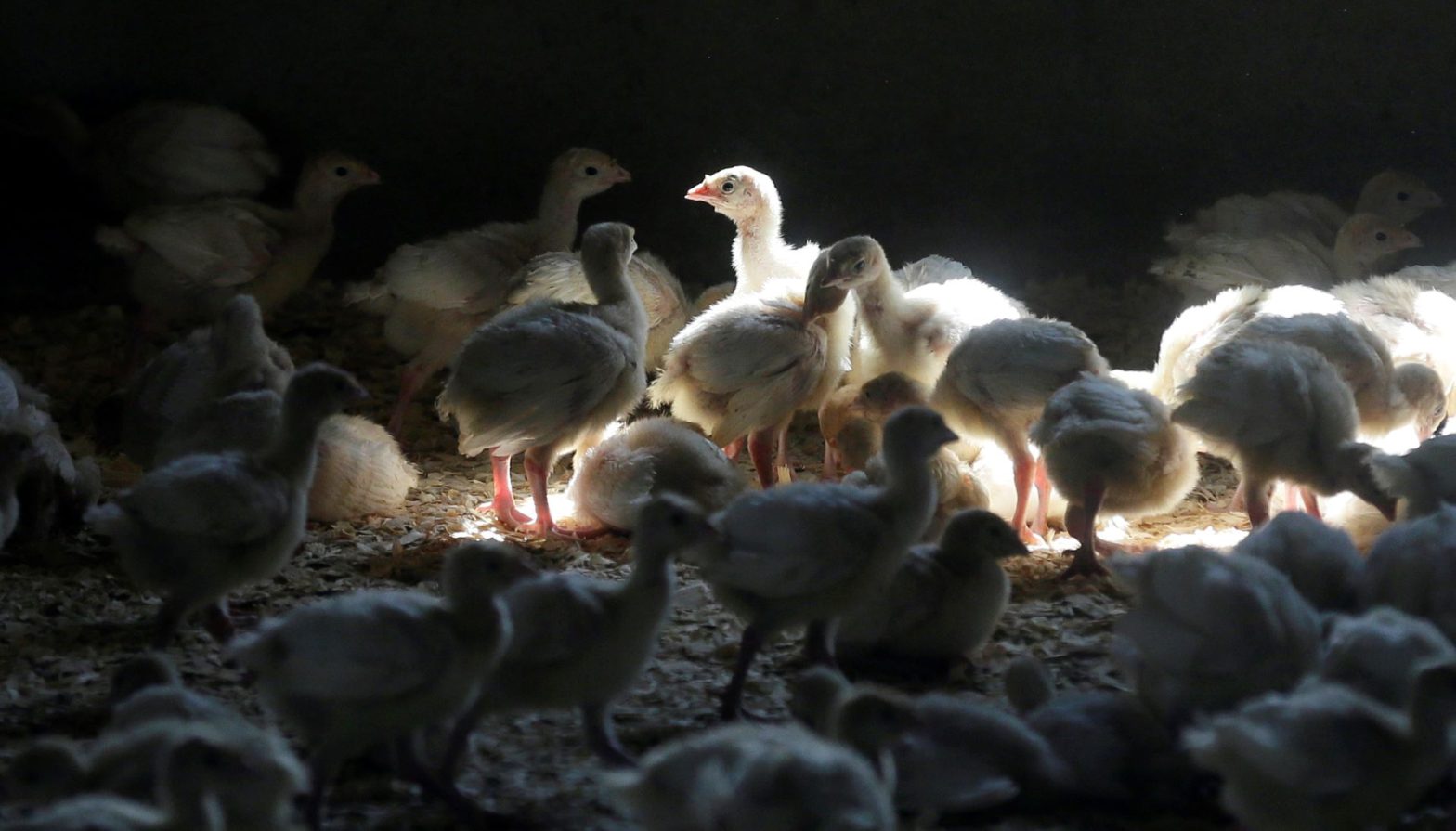Avian Flu Reported in Poultry in Kansas and Illinois

WASHINGTON — The U.S. Agriculture Department is confirming two cases of avian flu in Kansas and Illinois among flocks of poultry.
So far, no humans have been infected. The flocks are under quarantine and will be depopulated, the Agriculture Department said.
Avian flu most recently created a scare in 2017 when the World Health Organization reported dozens of cases among humans. Nearly all the infected persons worked on farms in close contact with poultry.
Domesticated chickens, turkeys and ducks are most commonly infected but it also has been found in wild birds.
The bigger concern is that avian flu could mutate into a variant that is easily transmitted to humans, perhaps causing another deadly pandemic. Its respiratory symptoms tend to be severe and potentially deadly.
“The U.S. Department of Agriculture’s Animal and Plant Health Inspection Service has confirmed the presence of highly pathogenic avian influenza in a non-commercial backyard mixed species flock in Franklin County, Kansas, and a non-commercial backyard mixed species flock in Mclean County, Illinois,” the Agriculture Department’s notice on Saturday says.
The virus was first found in university veterinary labs in both states before being confirmed at the National Veterinary Services Laboratories in Ames, Iowa.
“State officials quarantined the affected premises, and birds on the properties will be depopulated to prevent the spread of the disease,” the government notice says. “Birds from the flocks will not enter the food system.”
Agriculture Department officials say they plan to continue monitoring poultry in the area to ensure the disease does not spread.
On various occasions, the highly infectious strain of avian flu has been found in 12 U.S. states.
Only four humans are known to have been infected in the U.S. since 2002, according to the Centers for Disease Control and Prevention.
Humans who have gotten sick typically were in close contact with infected birds after they shed bodily fluids like saliva, mucus or feces. The people became infected when the fluids touched their eyes, nose or mouth, the CDC reported.
Internationally, bird flu has created greater concerns.
Between early 2013 and early 2017, there were 916 confirmed human cases of H7N9 bird flu reported to the World Health Organization, most of them in China.
The biggest outbreak among poultry in the U.S. was from 2014 through 2015. It led to about 51 million birds being killed to control spread of the disease. The birds were being raised for their eggs or meat.
The 2014-2015 avian flu outbreak cost $879 million in public expenditures. The U.S. egg and poultry industry lost more than $3 billion before the disease was eradicated, according to Agriculture Department figures.
Tom can be reached at [email protected]
























